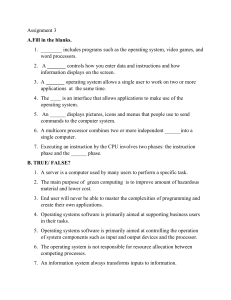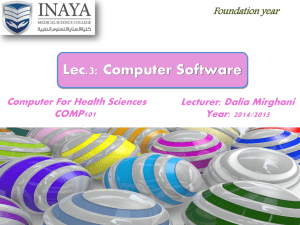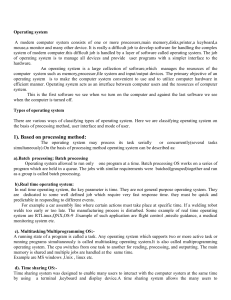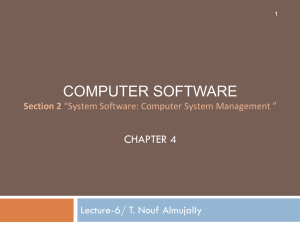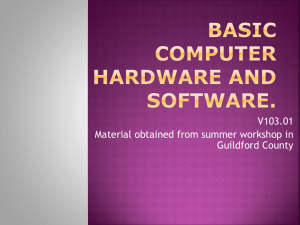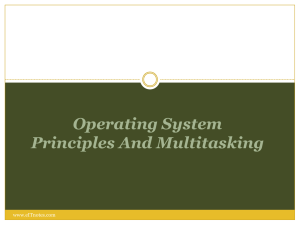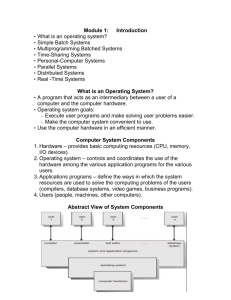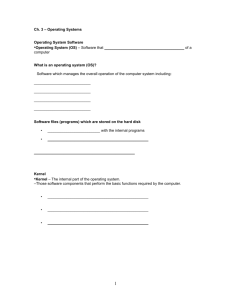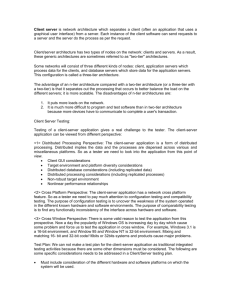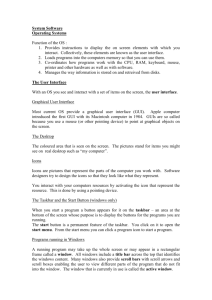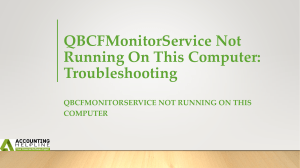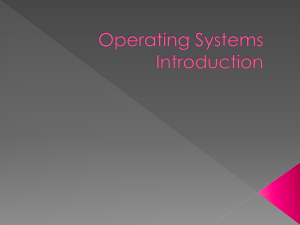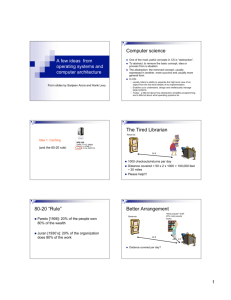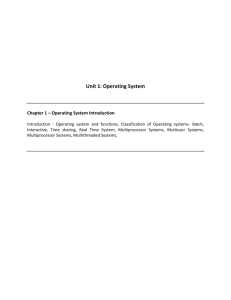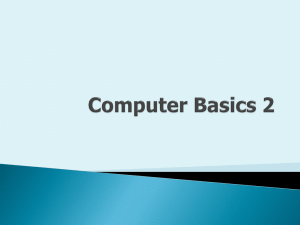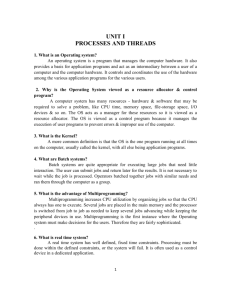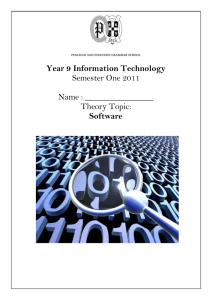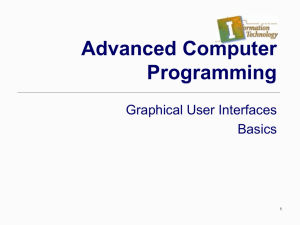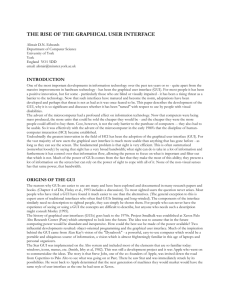introduction of system & application software
advertisement
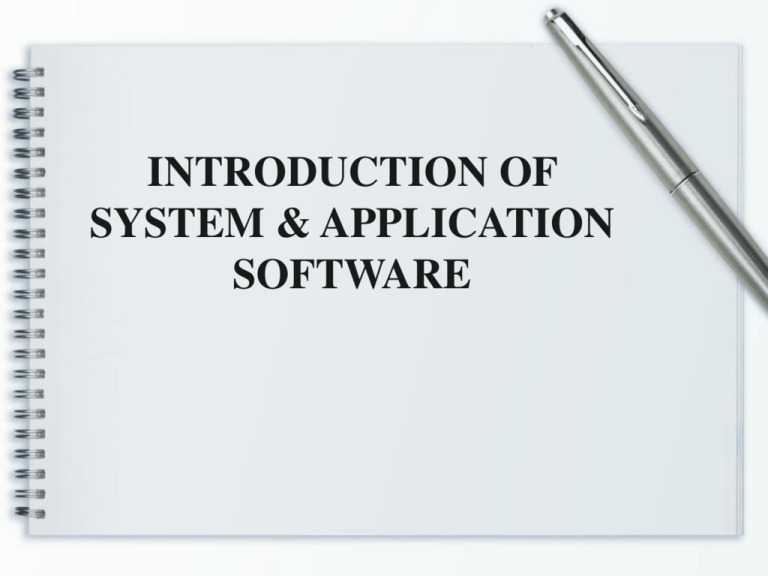
INTRODUCTION OF SYSTEM & APPLICATION SOFTWARE OPERATING SYSTEM (OS) An operating system, or OS, is a software program that enables the computer hardware to communicate and operate with the computer software. Without a computer operating system, a computer would be useless. OS SYSTEM SOFTWARE - OS Controls computer functions Hardware Processor Memory Devices Provides means for software to work with the CPU Responsible for management, scheduling, and interaction of tasks Provides user interface TYPES OF OPERATING SYSTEM »Graphical User Interface (GUI) »Multi-user »Multiprocessing »Multitasking GUI - Short for Graphical User Interface, a GUI Operating System contains graphics and icons and is commonly navigated by using a computer mouse. Multi-user - A multi-user operating system allows for multiple users to use the same computer at the same time and different times. Multiprocessing - An operating system capable of supporting and utilizing more than one computer processor. Multitasking - An operating system that is capable of allowing multiple software processes to run at the same time. THE OS FUNCTIONS Provides a user interface Manages the CPU Manages memory and storage Manages hardware and secondary devices Coordinates application software with the CPU APPLICATION SOFTWARE Application software helps users solve particular problems In most cases, application software resides on the computer’s hard disk Application software can also be stored on CDs, DVDs, and flash or keychain storage devices Systems VS Application Software PERSONAL APPLICATION SOFTWARE Serves the needs of an individual user Includes personal productivity software Enables users to improve their personal effectiveness DATABASE MANAGEMENT Data is a vital part of any organization. It needs to be stored, organized, managed, accessed, protected and manipulated. Operational Use databases to: Create a book Track book sales Set salaries and wages Pay employees Uses Keep track of a large number of related facts Query the data for specific information Retrieve information in a variety of ways Functions Store data Update data Manipulate data Retrieve data Print data in many forms Report on data in a variety of ways
